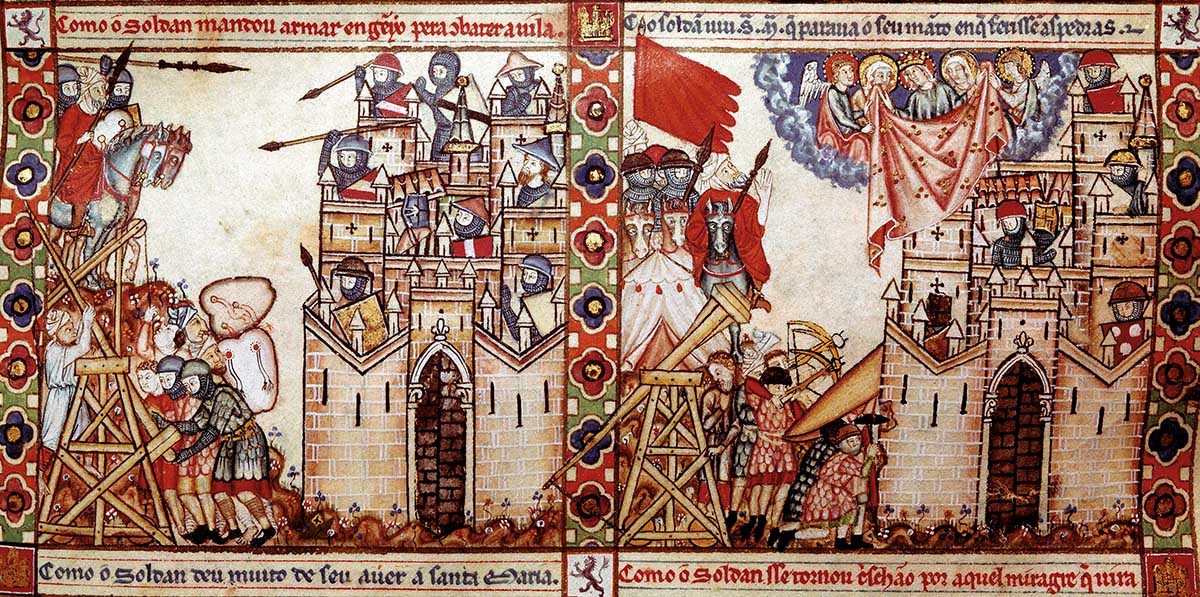Sin and Siege: The End of the Crusades - 2 minutes read

When the churchman Jacques de Vitry stepped ashore at the city of Acre in November 1216, he was appalled. Vitry had come to Palestine to take up his position as the city’s bishop with a mission to rejuvenate the spiritual fervour of its people in advance of a new crusade, but instead of a pious Christian stronghold he found a brawling, dynamic and cosmopolitan Mediterranean port. Vitry painted a lurid picture of a disputatious city of sin, ‘like a monster or a beast, having nine heads each fighting the other’, where prostitution was everywhere, black magic rife and murder common. He was confused by Acre’s cultural complexity and variant Christian sects. He had to use an Arabic interpreter to address some of his flock: heavily bearded men who looked like Muslims and veiled their women, Eastern Syrians, Georgians, Armenians and orientalised Europeans. Meanwhile, the Italian merchant communities of Genoese, Pisans and Venetians simply ignored his attempts to excommunicate them, rarely if ever listened to the word of God and ‘even refused to come to my sermon’. Vitry was experiencing all the disorientation of arriving in the Middle East – yet in a city whose houses, towers, palaces and Gothic churches looked puzzlingly European.